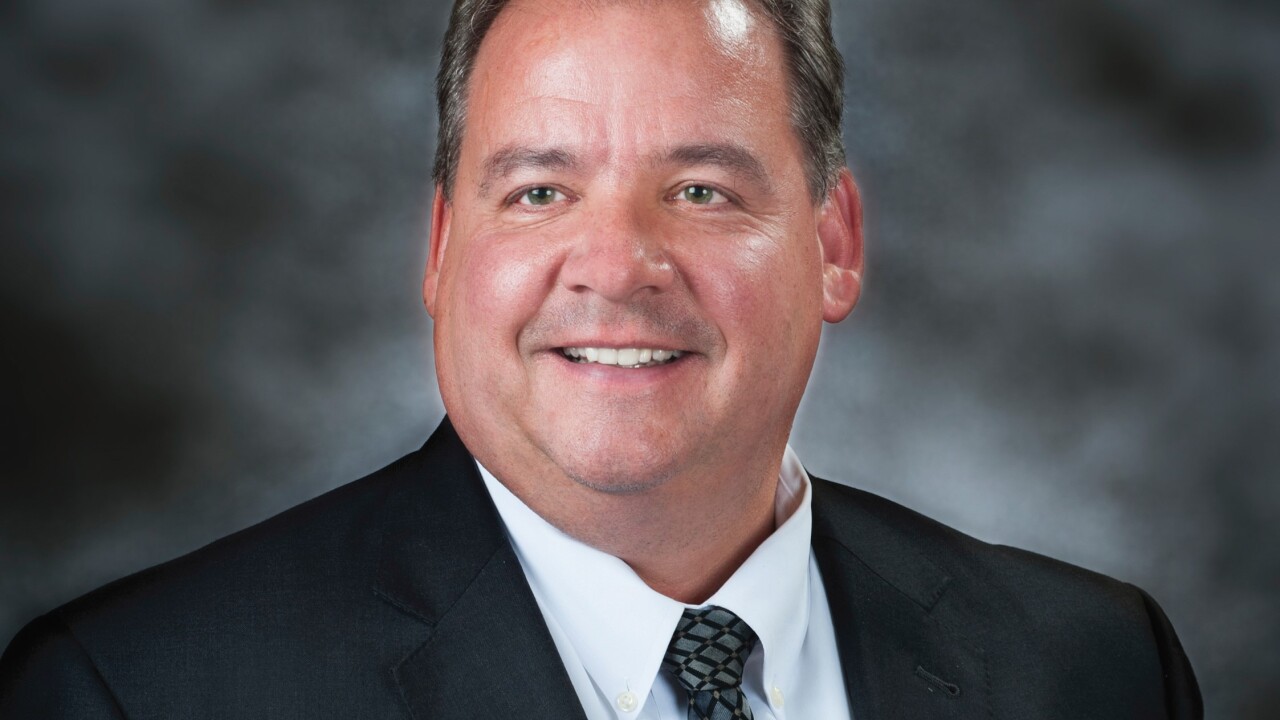The rapid growth of country music mecca Branson, Mo., has saddled area bankers with huge loan-to-deposit ratios - but they aren't complaining.
"It's sort of a bankers' paradise here," said Smith Brookhart, president and chief executive of Ozark Mountain Bank, Branson.
Twenty-two banks in Branson and neighboring communities reported an average loan-to-deposit ratio of 92.94% on March 31, according to data from Sheshunoff Information Services. That compares with 73.69% for the same group at yearend 1992. Nationally, banks with less than $300 million in assets averaged a 73.3% loan-to-deposit ratio on March 31; the statewide average for Missouri was 71.45%.
Regulators said they are watching the area closely for liquidity trouble, but so far they haven't found any major problems.
Ozark Mountain Bank's loan-to-deposit ratio recently has topped 100%, and it's easy to see why.
In recent years, growth in Branson has exploded. The community hosted 5.8 million visitors in 1994, according to the Branson Chamber of Commerce. Tourists can choose from three dozen theaters bearing the names of country stars like Charley Pride and Roy Clark. They can stay in one of 22,500 lodging units and dine at area restaurants where seats total 31,500.
But the rapid growth and loan demand in Branson has raised a red flag for Missouri finance commissioner Earl Manning.
"We're very pleased to have the entertainment located in Branson, Mo.," Mr. Manning said. "But as a bank regulator, I must monitor the liquidity."
He said he examines the supply and demand of loan funds at the banks, as well as loan sales to affiliate organizations, other banks, and secondary markets.
"We haven't seen any banks with liquidity problems that they've been unable to cope with," Mr. Manning said. In addition, "We have not discovered anything to date which gives us undue concerns about underwriting standards in the entertainment business."
At Ozark Mountain Bank, management is working to lower its loan-to- deposit ratio.
"Any place like Branson which has a boom, loans far outstrip the deposits," Mr. Brookhart said. "We've found there are ways to fix it. We don't want to stop making loans."
He said he expects steady growth in residential housing, although entertainment development in town has been overbuilt and has slowed down.
The $192 million-asset bank can get short-term funds through the federal funds market from its $3.2 billion-asset holding company, Central Bancorp, Jefferson City. It also has sold and participated in loans to its holding company, as well as other community banks as far away as Pennsylvania, he said.
Loan problems have been "almost nonexistent," Mr. Brookhart said. "We have not changed underwriting standards."
In nearby Sparta, Mo., $30 million-asset Citizens Bank posted loans to deposits of more than 82%.
"Loan demand has been real high here for four or five years," said Teddy Koontz, executive vice president and chief executive officer. "Certainly Branson's had its impact. We're one county away."
A booming housing market has exceeded deposit growth, he said. So, the bank has borrowed funds from the Federal Home Loan Bank, Mr. Koontz said.
"We have not yet entered the secondary mortgage market," he added. "So if it got to the point where we were really concerned about funding, we could look into ... moving some of the loan demand" there.
Residential loan growth also has pushed loans to deposits past 80% at$69 million-asset Bank of Kimberling City, 19 miles from Branson.
The bank doesn't sell loans because of its policy to keep deposits in the community, said president Larry L. Price. However, it has investigated new funding sources such as the Federal Land Bank and has staggered its investment portfolio maturities.
"At this point, we don't feel like we've got a liquidity problem," he said.





